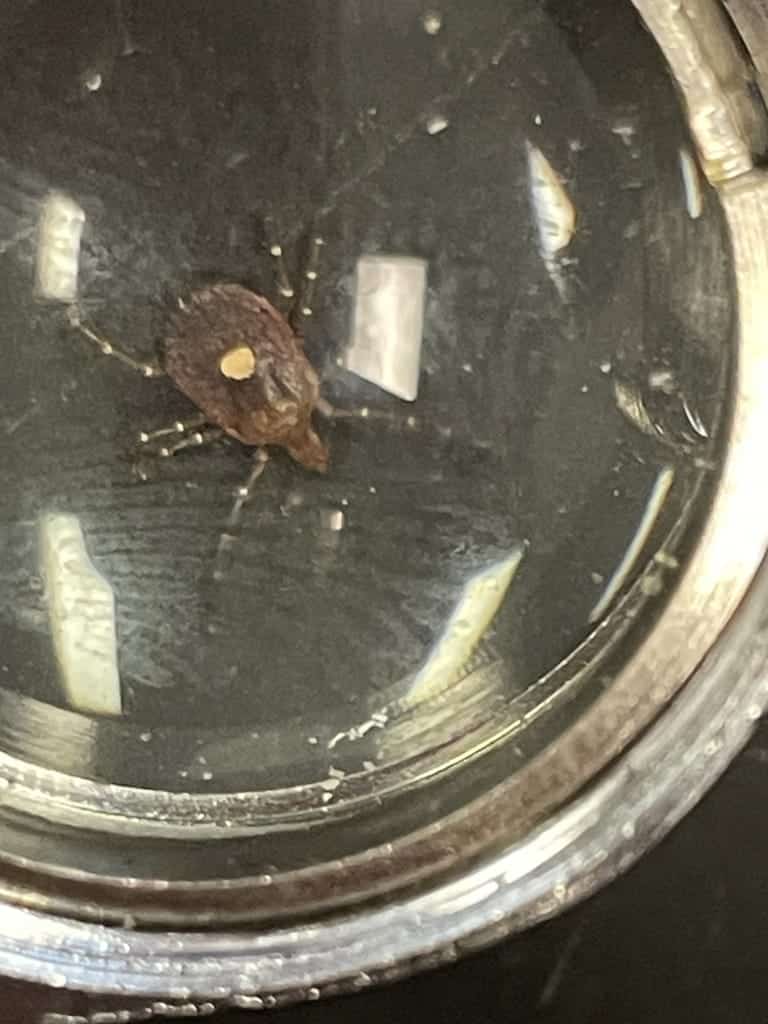


Ticks go through four life stages: egg, larva (six-legged), nymph (eight-legged), and adult. Each stage, aside from the egg, requires a blood meal to progress to the next phase. They locate hosts through heat, movement, and carbon dioxide emissions. Some species, like the black-legged tick, can take up to three years to complete their life cycle, often overwintering in leaf litter or soil. Ticks are vectors for numerous diseases, including Lyme disease, anaplasmosis, babesiosis, and Rocky Mountain spotted fever.
The highest populations for ticks are in the Spring and Fall, so our treatments focus on those seasons:
Ticks prefer shaded, humid areas like leaf litter, tall grass, dense shrubs, and woodpiles. They often gather in transition zones between lawns and wooded areas, waiting for a host to pass by.
The most common tick-borne illnesses in the region include Lyme disease, Rocky Mountain spotted fever, ehrlichiosis, and babesiosis. These diseases can cause severe symptoms, including fever, fatigue, muscle aches, and long-term health complications if untreated.
Keep grass short, remove leaf litter and brush, create barriers between wooded areas and your yard, and discourage wildlife like deer and rodents, which carry ticks. If you have pets, use vet-recommended tick prevention treatments.
Use fine-tipped tweezers to grasp the tick as close to the skin as possible. Pull straight out with steady pressure. Avoid twisting, crushing, or using heat or chemicals, as these methods can cause the tick to release more pathogens. Clean the area and monitor for symptoms of tick-borne illnesses.
Our tick control program includes granular treatments in early spring and late fall to disrupt breeding and eliminate larvae. From April through October, we apply targeted sprays to the ecotone of your property, focusing on areas where ticks are most active.
A single treatment provides short-term relief, but for consistent control, regular applications throughout tick season are necessary. Our seasonal plan ensures continuous protection by targeting ticks at different life stages.
We use products approved by our internal research team, selecting lower-impact solutions that effectively control ticks while minimizing risk. We always provide a detailed service report listing the products used on your property.


